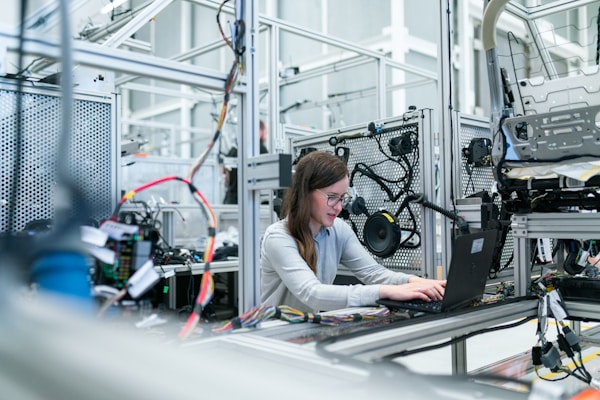
Exploring the technical challenges and market opportunities presented by the latest 3nm semiconductor manufacturing process.
Dr. Sarah Chen
Senior Research Engineer at Advanced Semiconductor Research Institute with 15 years of experience in process technology development.

How RISC-V is changing the semiconductor landscape with open-source instruction set architecture.

The evolution of specialized AI processors and their impact on machine learning performance.
Get the latest articles about semiconductor technology